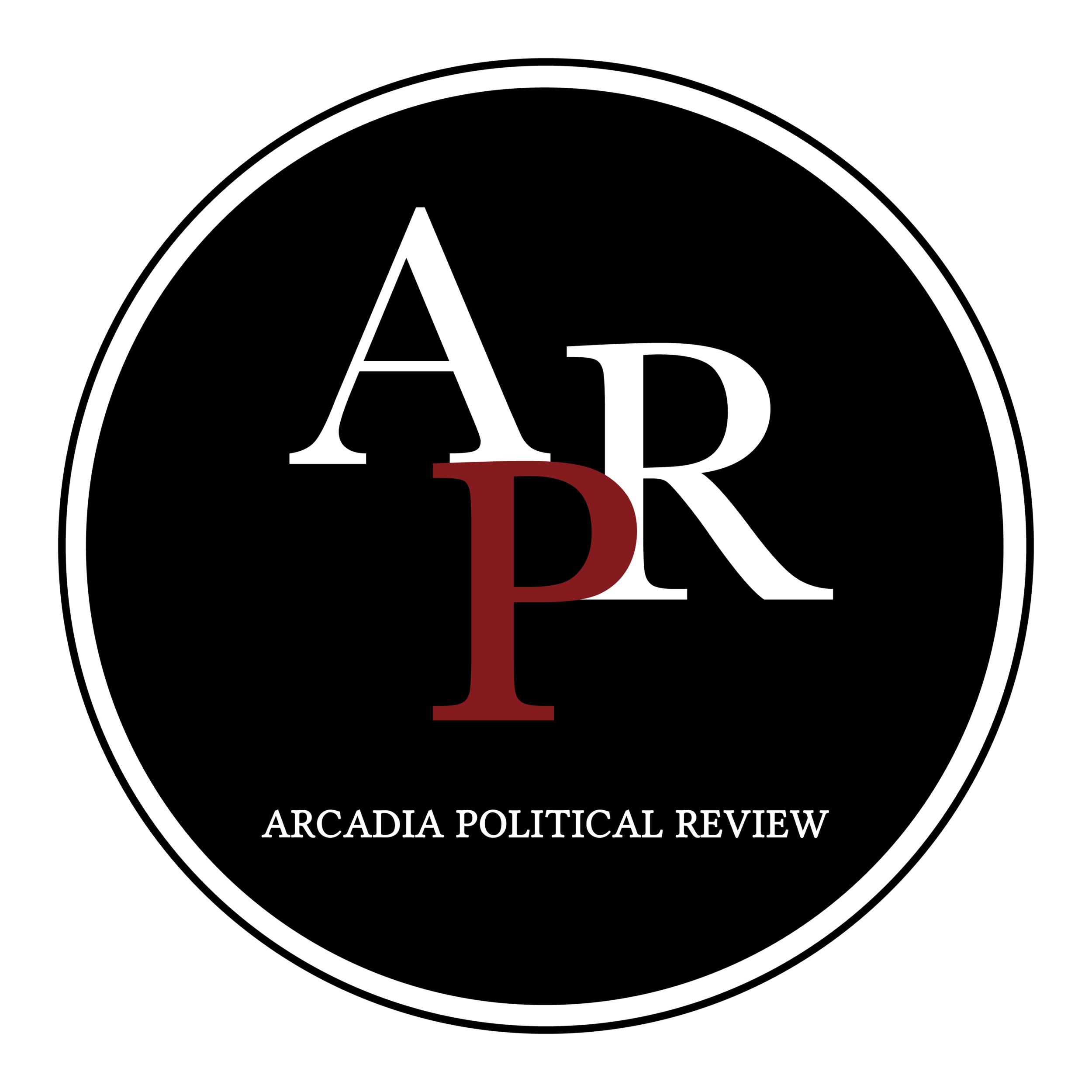San Francisco: A Case Study in Urbanism
Image Source: San Francisco Magazine
I grew up in San Francisco, and part of my childhood was defined by my relationship to the waters of its bay. I loved taking the ferry and just walking along the Embarcadero––the section of SF’s shoreline stretching from the Bay Bridge in the south to Pier 39 and Fisherman’s Wharf in the north. The air was always salty but clean, and the farmers’ market in front of the Ferry Building added the smell of fruit and the sounds of community chatter to the mix.
San Francisco’s Ferry Building is a remarkable piece of architecture in a stunning setting and an important piece of local and national history. Its blue tower, ornamented with a pristine clock, rests atop a gate which served as the first sight of America for immigrants coming over from across the Pacific. A look down San Francisco’s Market Street in 1906, just after an incredibly destructive earthquake and fire, would’ve shown the tower standing alone and resilient above a sea of charred rubble. In history and visibility, the Ferry Building has long been one of the city's most valuable sites.
However, from 1968 to 1991, the building's tower and most of the downtown waterfront was walled off from the rest of the city by the Embarcadero Freeway section of California Highway Route 480. The cement barricade stretched from the harbor in the east to downtown in the north, and then along the city's north shore all the way to the Golden Gate bridge. It was built as part of a massive national boom in urban highway construction based on the principle that making cities more accessible for drivers would benefit businesses by letting suburban money roll in. But the neighborhoods buried beneath urban highways were often left polluted and barren.
The Embarcadero neighborhood was left to this exact fate; an ugly concrete depression with little economic or environmental activity, the ferry building itself mostly unused, with both the blue of its paint and of the bay’s water invisible to the rest of the city. Route 480 wasn’t just a physical barrier between the city and the building, it was a wall cutting San Francisco off from its bay, its history, and its environment.
1989 was a terrible year for San Francisco. The Giants lost to the A’s in the World Series, and more importantly, the Loma Prieta earthquake hit the city, bringing with it massive infrastructure damage and loss of life. One of the structures damaged was the Embarcadero section of CA 480. Almost instantly, the mayor’s office of Art Agnos saw an opportunity to tear it down for good and reverse some of the damage of urban highways. After a brief political battle with community and business groups, the city's board of supervisors voted to remove it.
In the 31 years since its demolition, the new Embarcadero neighborhood has proven to be a case study in better urban environmental design and public policy. In the footprint of the highway, a palm-tree-lined boulevard lets some cars and many historic trams and pedestrians saunter along the waterfront. Investment has also poured into the area, with businesses, restaurants, and new housing opening faster there than anywhere else in the city. The Embarcadero is now one of the prettiest and quickest developing areas in the city.
The environmental benefits have also been massive. The Embarcadero Freeway carried around 70,000 vehicles daily, and another 40,000 vehicles per day used associated ramps at Main and Beale streets. Today, almost all of the transportation through this area is done by train, trolley, or tram. Caltrain has a station in the heart of the neighborhood––the T line of MUNI runs from Sunnydale in the South all the way to the Ferry building––and beautiful streetcars dating from the 1920s and 30s run from north to south on the F line. The impact of this transformation cannot be understated. Highways such as the former 480 contribute to vastly increased rates of asthma, early death, cancer, and dementia, as well other illnesses for those living in close proximity. This also leaves out the overall impact on carbon emissions. One projection study found that for each extra lane of highway, total greenhouse gas emissions will rise by 100,000 tons over 50 years. Urban highways, which encourage car usage at the expense of other forms of transportation, are expected to have an even larger impact.
Cities across the world are already taking lessons from the renewal of San Francisco’s Embarcadero. Boston, Seattle, and Toronto have conducted similar highway demolitions, while most of Western Europe had freed themselves of urban highways before San Francisco did. What all of these examples have in common is that, once a highway is taken down, urban areas become healthier, more vibrant, and wealthier, and carbon emissions are slashed. But most of America’s cities have more urban highways and car reliance than anywhere else in the world. The question is whether they will follow San Francisco’s lead or continue to suffer the effects.

